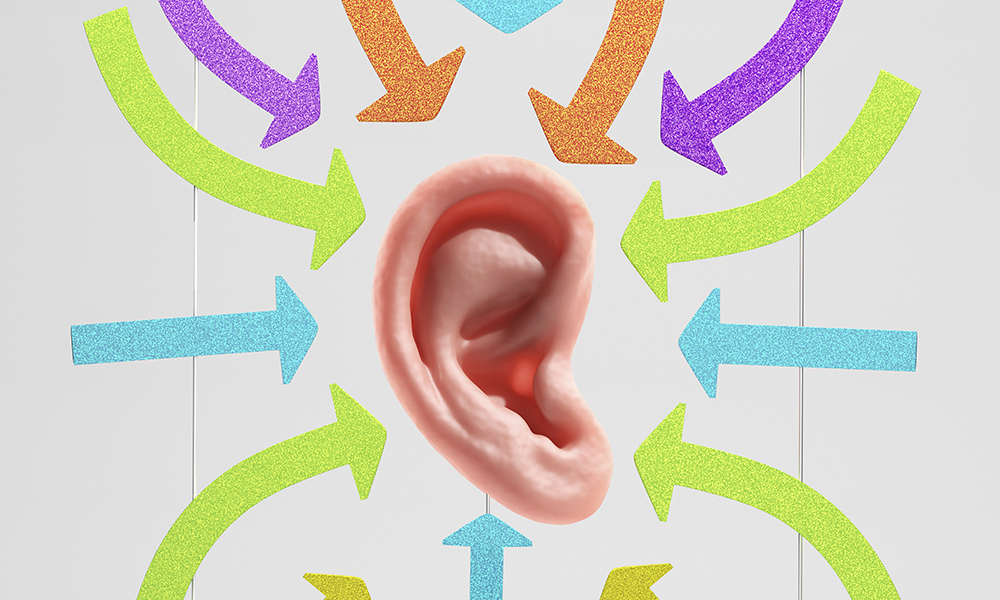Do you want to understand an uncertain and complex economy? Listen to what people are saying.
WHY IT’S BETTER TO LISTEN TO ECONOMIC NARRATIVES?
Incurring debts is starting to cost too much, innovation is now a threat, Germany is in deficit and rearming, Europe is getting into debt, China is becoming dangerous, energy is now expensive, and the world must go green. Over the last fifteen years, we can count at least a dozen such changes. These are the stories that are altering our way of thinking and influencing everyone’s decisions on everything: purchases and consumption, investments and procreation, debts and insurance, cars and vacations…
The shifts in economic and life choices are driven by equally significant shifts in (economic) narrative: small individual stories that people exchange, transforming them into collective stories. What people say condenses into common choices, and we must take note of that.
It seems incredible, but it is Nobel laureate in economics Robert Shiller who suggests that we set aside for a moment the economic studies made up of numbers and hard sciences (Narrative economics: How stories go viral & drive major economic events). To understand where the economy is heading, we certainly need to look at statistics, but there is something more important: we must, above all, listen to what people are saying.
PAST, PRESENT, FUTURE: PLANS OVERLAP
It is a remarkable but useful change of approach, precisely because we are at a critical point on the path to understanding what is happening in the economy of a complex world forced to navigate uncertainty.
Upon reflection, what tools do we currently have on the table? Until now, statistics have indeed taught us, and helped us, to work with the past, to weigh it, consider it, and make predictions based on what has happened before. Like an oracle, Artificial Intelligence has now arrived to assist us in making predictions and working with the future. It simulates and synthesizes what might happen tomorrow and beyond.
So, we rack our brains to outline scenarios, consider black swans and wild cards, manipulating sensitive anticipations and remaining ready and open to face every surprise. But in which timeframe do we embed the evaluation of hearsay, the wind is changing, the rumors or it’s in the air, those common stories that the Latins began with “dicitur“, meaning it is said that…?
These half-phrases of people are telling us now, especially via social networks, how the morale of consumers is changing, the precious trust of investors for central bankers, and inflation, the sentiment studied by modern augurs. Today, the most innovative and finally possible core drilling is the investigation of real-time, working with the present by weighing the words exchanged by people through technological tools – publicly or privately.
10 CHANGING NARRATIVES
However, narratives have always existed. They have always had and still have viral ways of spreading, whether true or false. Gioacchino Rossini had Don Basilio sing an aria from The Barber of Seville that said:
Calumny is a little wind, A rather gentle breeze, That insensibly, subtly, Lightly, sweetly, Begins, begins to whisper. Softly, softly, close to the ground, Under the breath, hissing, It goes flowing, it goes flowing. It goes buzzing, it goes buzzing. In the ears of the people. It introduces itself skillfully. And the heads and brains. It makes dizzy and swell. From the mouth as it goes out. The clamor grows, takes strength little by little, already flies from place to place, it seems like thunder, a storm. That in the heart of the forest, goes whistling, grumbling. And makes you freeze with horror. In the end, it overflows and bursts, spreads, doubles. And produces an explosion. Like a cannon shot…
In 1816, when Rossini wrote the opera, he did not have real-time analyses of an infinite amount of data from social networks, but the virality with which narratives spread and change was already clear. They change, in fact, with the same epidemic dynamics as always. Long or short, announced or sudden, they end up influencing people’s thoughts and modifying their behaviors. Every story penetrates daily into our short-term memory until it settles in the long-term memory and changes collective memory.
New convictions are engraved on the hard drive, and new mental patterns take the place of others. New ideas change daily conversations until:
- They cause a run on withdrawals and the collapse of banks, as in the recent cases of American SVB or Swiss Credit Suisse.
- They calmly accept that Germany rearms and produces a trade deficit after 30 years.
- They let the idea spread that Europe can produce debt or that money is starting to cost more.
- They transform China from a best economic ally into a dangerous economic and military competitor.
- They make people think that web platforms, from development agents, become threatening exploiters of work and data.
- They change globalization, the realm of free movement, into a hell of scarce critical raw materials and energy embargoes.
- They relegate terrorism in the list of major threats after years of influencing the global agenda.
- They make us consider energy, from almost fixed cost, as a constant uncertainty-generating variable.
- They turn climate from an ally into a schizophrenic enemy to be protected against.
- The world is considered a finite resource, not exploitable without rules.
How much does the digital world matter in changing the narrative?
Already in 2008, for example, sociologist Zygmunt Bauman argued that the idea of progress was shifting from a promise of shared and enduring happiness to an unpredictable and unstoppable threat. But what amplifies today the change in popular narratives that influence major economic and social events?
The development of digital technologies and communications, together with the increase in our uncertainty (it is not excluded that they feed each other), now has significant effects on narratives, including:
- The speed and acceleration of their spread (even more immediate than in 1895 when Gustave Le Bon wrote The Crowd: A Study of the Popular Mind).
- Total connection (everyone at all times and in all places can receive and spread them).
- The informational multiplier effect (I decide and immediately make it known).
We can sum them up perfectly with the character of journalist Zoe Barnes from House of Cards: “… These days, when you’re talking to one person, you’re talking to a thousand”.
Antonio Belloni
(LinkedIn)

